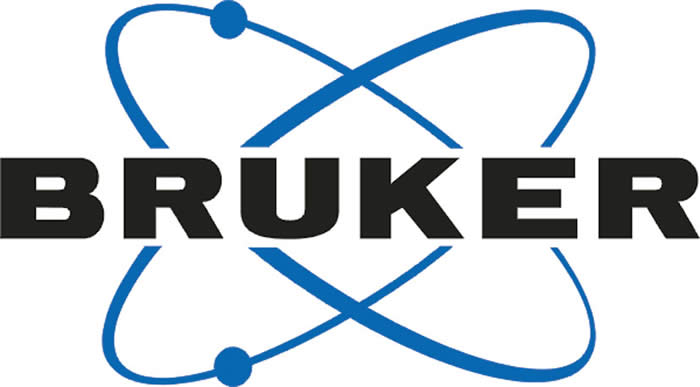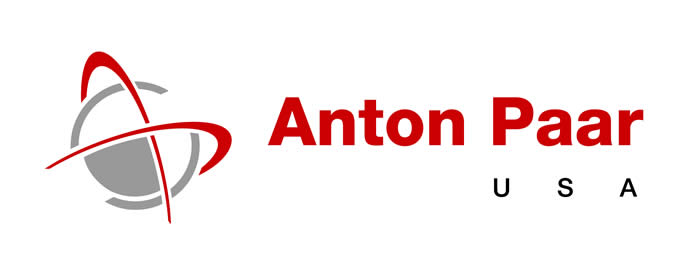
Our Sponsors
PLATINUM PLUS |
|
Provider of advanced X-ray solutions in life sciences, chemical and materials science. The D8 VENTURE and D8 QUEST solutions for structural biology and chemical crystallography feature the cutting edge PHOTON 100 CMOS detector. Systems include state of the art rotating anode generators and IuS microfocus sources with low maintenance and high brilliance for Mo, Ag or Cu. Our industry-leading systems provide highest sensitivity for micro crystals and weak diffractors, with powerful crystallographic software. Visit us at IUCr Booth #241 to see our latest single and dual source systems as well as our award-winning SMART X2S. |
PLATINUM |
 With more than 20 years of experience, Agilent Technologies has proven expertise in providing innovative X-ray diffraction systems for
routine analytical chemistry and challenging small molecule and protein
diffraction studies. With a full portfolio of diffractometer platforms, Agilent
offers systems that deliver high-quality crystallographic data for all
applications and budgets. With more than 20 years of experience, Agilent Technologies has proven expertise in providing innovative X-ray diffraction systems for
routine analytical chemistry and challenging small molecule and protein
diffraction studies. With a full portfolio of diffractometer platforms, Agilent
offers systems that deliver high-quality crystallographic data for all
applications and budgets. |
|
GOLD |
|
Founded in 1922, Anton Paar has 1800 employees worldwide, providing a dense customer support network. The company is market leader for non-ambient attachments for X-ray diffraction and offers the most comprehensive range of sample stages, covering temperatures from –190 to 2300 °C and various atmospheric conditions. Anton Paar also offers the most versatile small-and-wide-angle X-ray scattering equipment on the market—SAXSpace—featuring transmission and reflection geometry, point and line collimation mode, automated sample handling and software packages for routine data analysis. |
SILVER |
BRONZE |
|
BENEFACTOR |
 The CREATE Training Program in Bionanomachines is a Canadian graduate program in structural biology, biophysics, and macromolecular chemistry. The Bionano program provides funding for undergraduate and graduate training through stipends, travel awards, workshops, laboratory rotations, and international exchanges. Funded by the Natural Sciences and Engineering Research Council of Canada (NSERC). The CREATE Training Program in Bionanomachines is a Canadian graduate program in structural biology, biophysics, and macromolecular chemistry. The Bionano program provides funding for undergraduate and graduate training through stipends, travel awards, workshops, laboratory rotations, and international exchanges. Funded by the Natural Sciences and Engineering Research Council of Canada (NSERC). |
 The Canadian Light Source (CLS) is Canada’s national centre for synchrotron research and a global centre of excellence in synchrotron science and its applications. Located in Saskatoon, the CLS runs the Canadian Macromolecular Crystallography Facility - two beamlines enabling high-resolution structural studies of proteins, nucleic acids and other macromolecules, satisfying the requirements of the most challenging and diverse crystallographic experiments. The Canadian Light Source (CLS) is Canada’s national centre for synchrotron research and a global centre of excellence in synchrotron science and its applications. Located in Saskatoon, the CLS runs the Canadian Macromolecular Crystallography Facility - two beamlines enabling high-resolution structural studies of proteins, nucleic acids and other macromolecules, satisfying the requirements of the most challenging and diverse crystallographic experiments. |
|
The Cambridge Crystallographic Data Centre (CCDC) provides invaluable structural knowledge to the scientific community both for academic research, teaching and the pharmaceutical and chemical industries. The CCDC curates the ever-growing database of small molecule crystal structures, the Cambridge Structural Database (CSD); our expertise, software and database tools benefit a broad spectrum of users. |
 About Concordia University About Concordia University Concordia is increasingly recognized for a big thinking approach to teaching and research that examines societal issues from a broad perspective. We are an open and engaged university that encourages its 46,000 students to become active, critical and concerned citizens. Recognizing that research drives big thinking, more than 7,000 students are enrolled in graduate studies, raising our community’s intellectual temperature and elevating its ambitions. Concordia offers more than 300 undergraduate and 200 graduate programs, diplomas and certificates, and maintains formal ties with over 100 institutions in 33 countries. |
 CRYSTAL IMPACT's basic goal is to develop high quality software for crystal structure visualization, solution, and phase identification from powder diffraction data. The innovative software is used by thousands of scientists from industry and academic institutions in more than 60 countries all around the world. CRYSTAL IMPACT's basic goal is to develop high quality software for crystal structure visualization, solution, and phase identification from powder diffraction data. The innovative software is used by thousands of scientists from industry and academic institutions in more than 60 countries all around the world. |
 Founded in 1926 as the School of Medical Sciences, today the University of Saskatchewan’s College of Medicine offers undergraduate and postgraduate medical education, and is home to the School of Physical Therapy and the Division of Biomedical Sciences. The College of Medicine is mandated to serve the people of Saskatchewan by producing outstanding clinical practitioners, generating new knowledge and facilitating improved patient outcomes. Founded in 1926 as the School of Medical Sciences, today the University of Saskatchewan’s College of Medicine offers undergraduate and postgraduate medical education, and is home to the School of Physical Therapy and the Division of Biomedical Sciences. The College of Medicine is mandated to serve the people of Saskatchewan by producing outstanding clinical practitioners, generating new knowledge and facilitating improved patient outcomes. |




